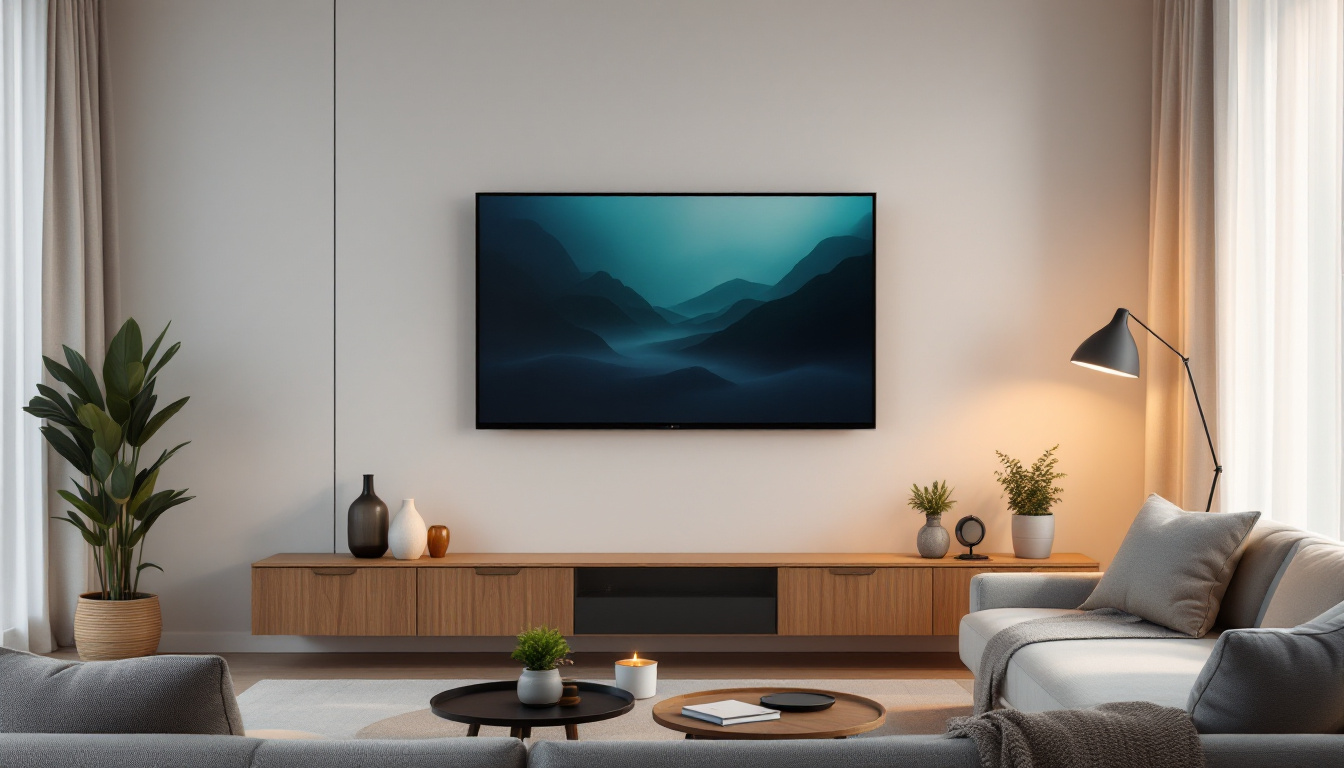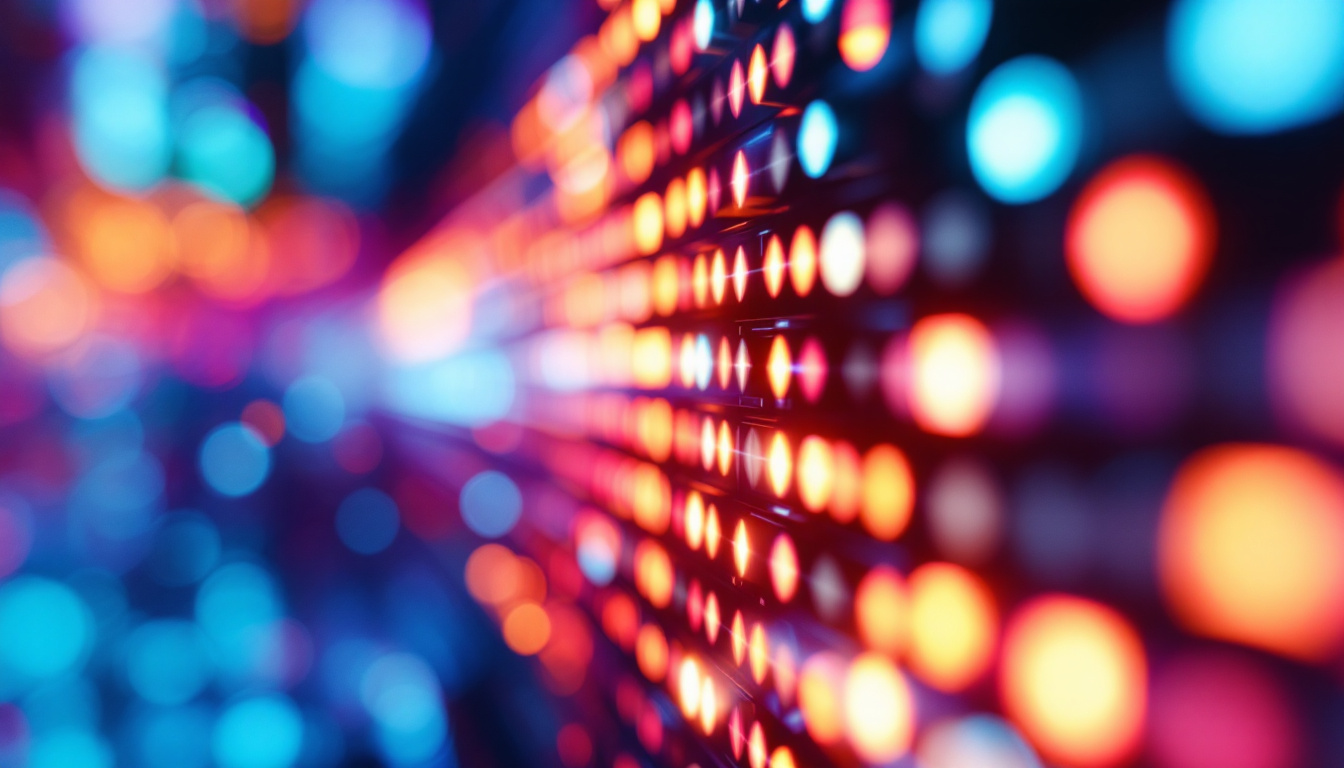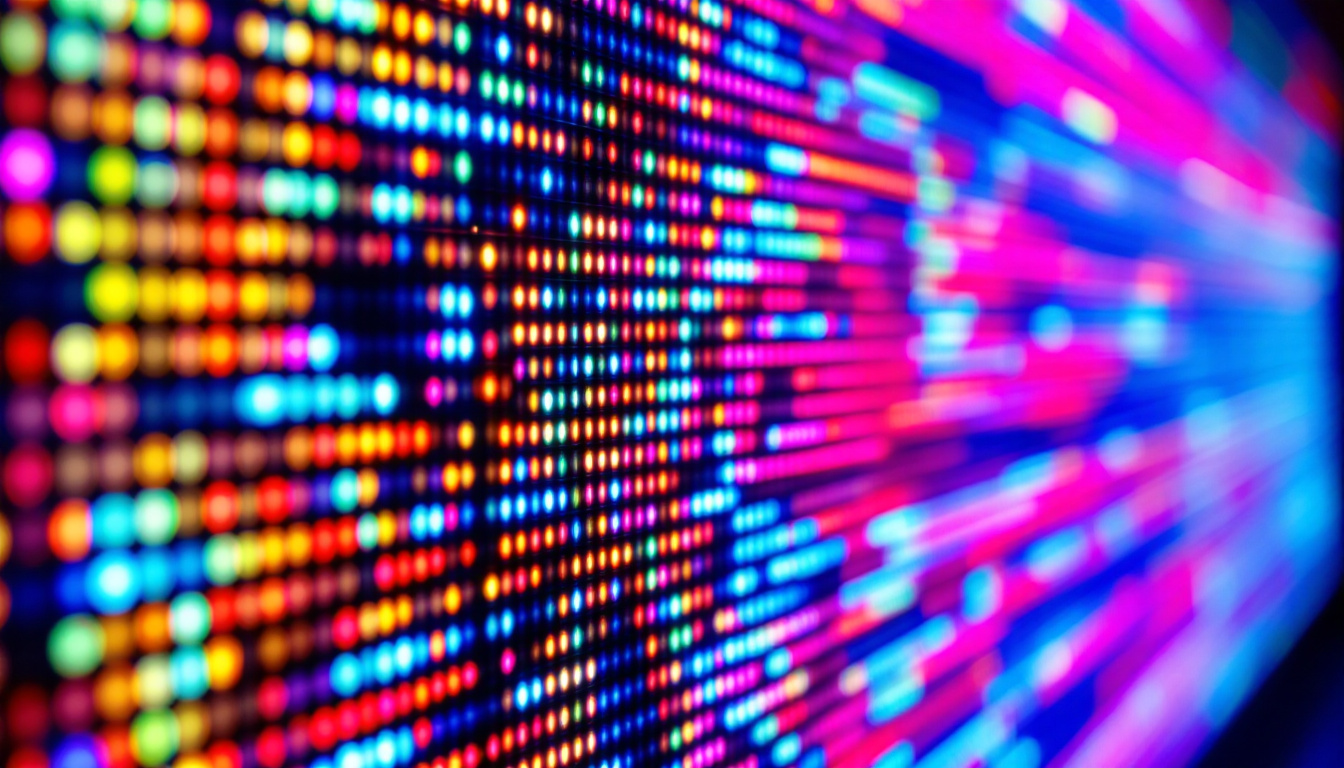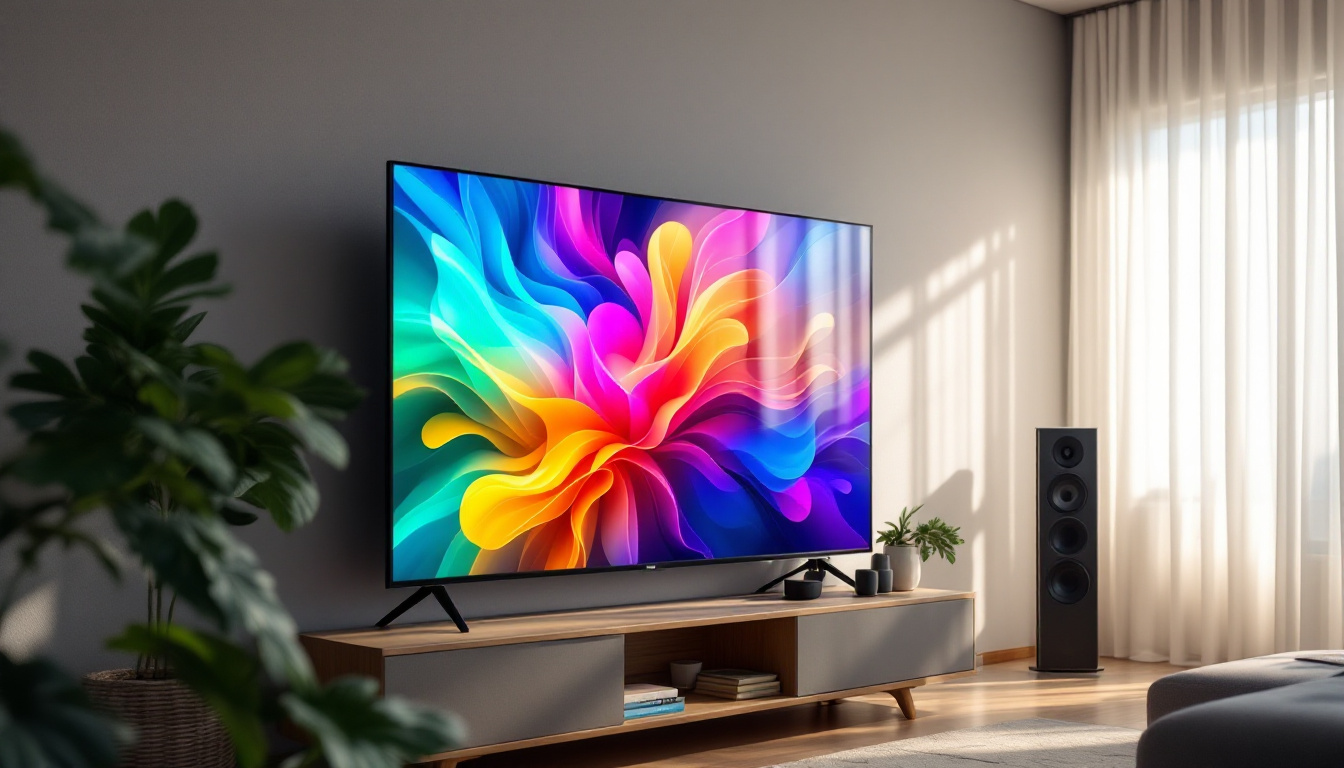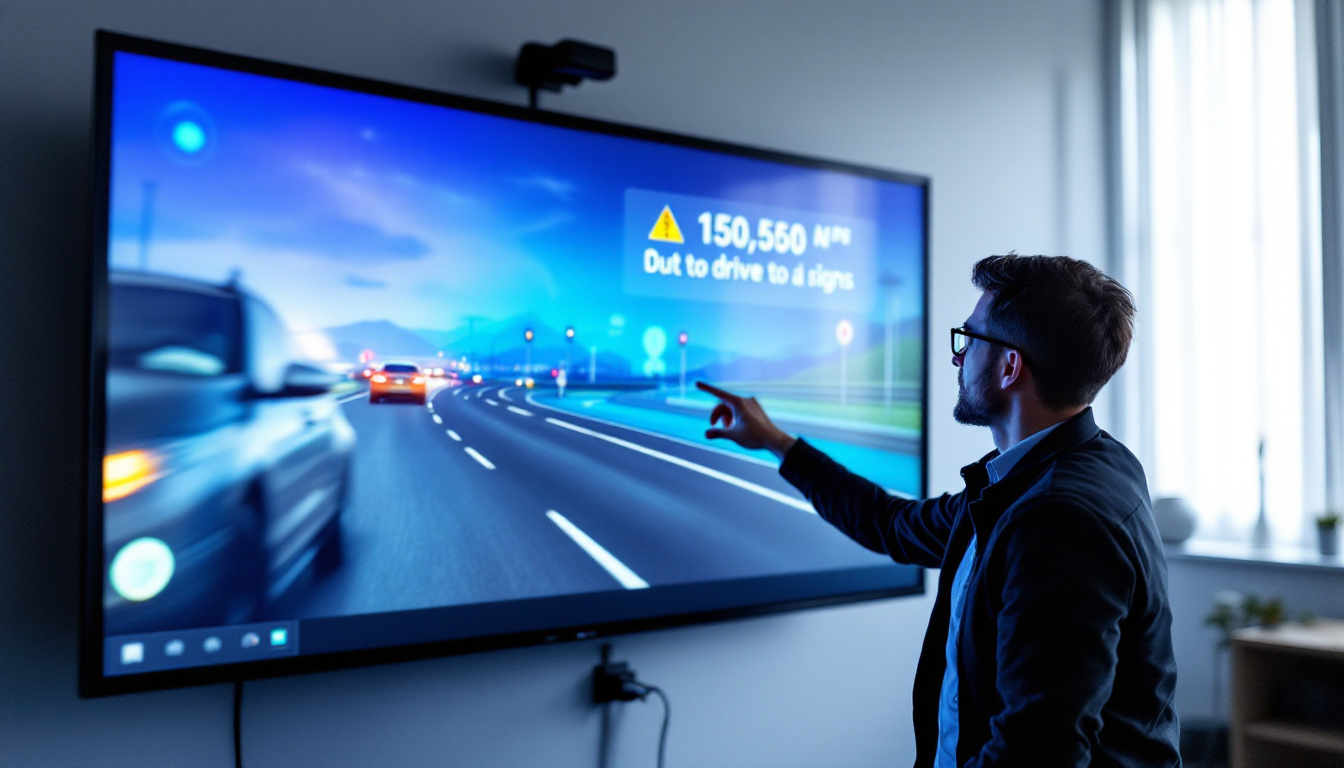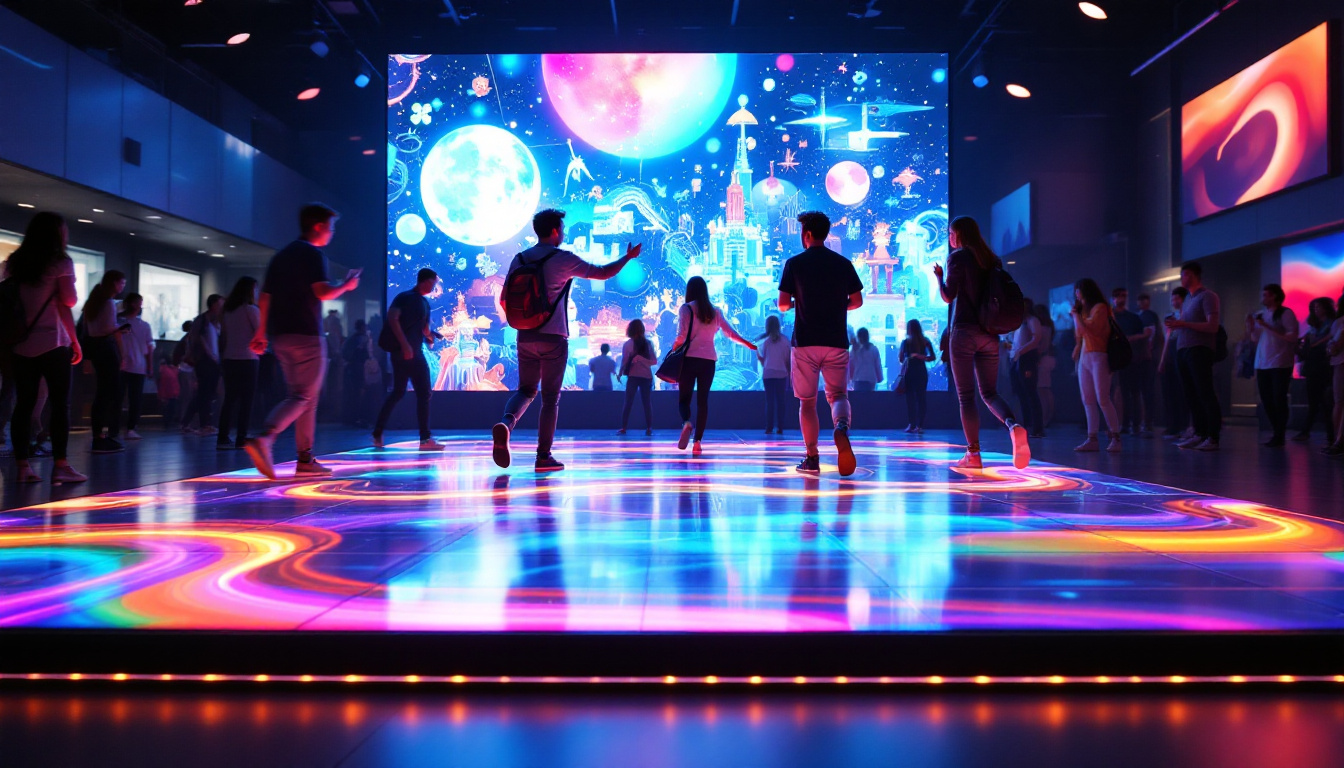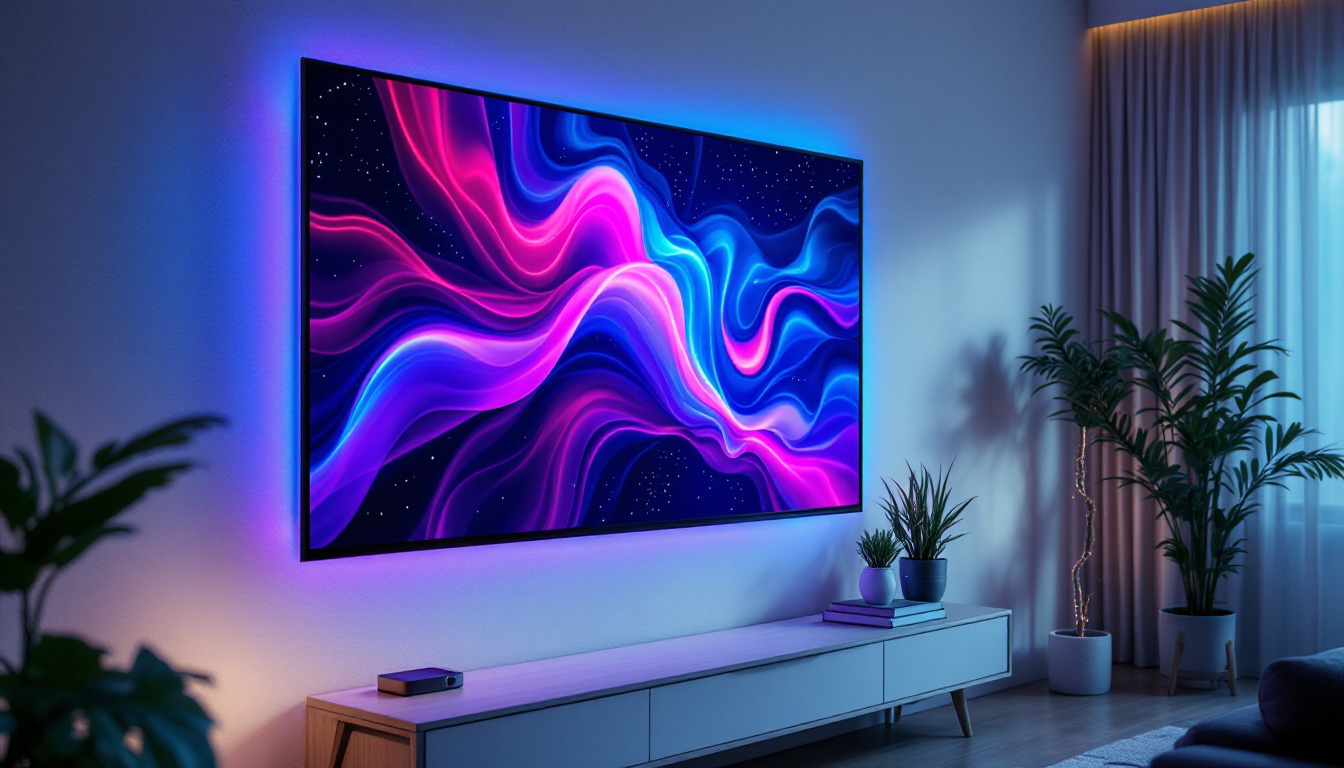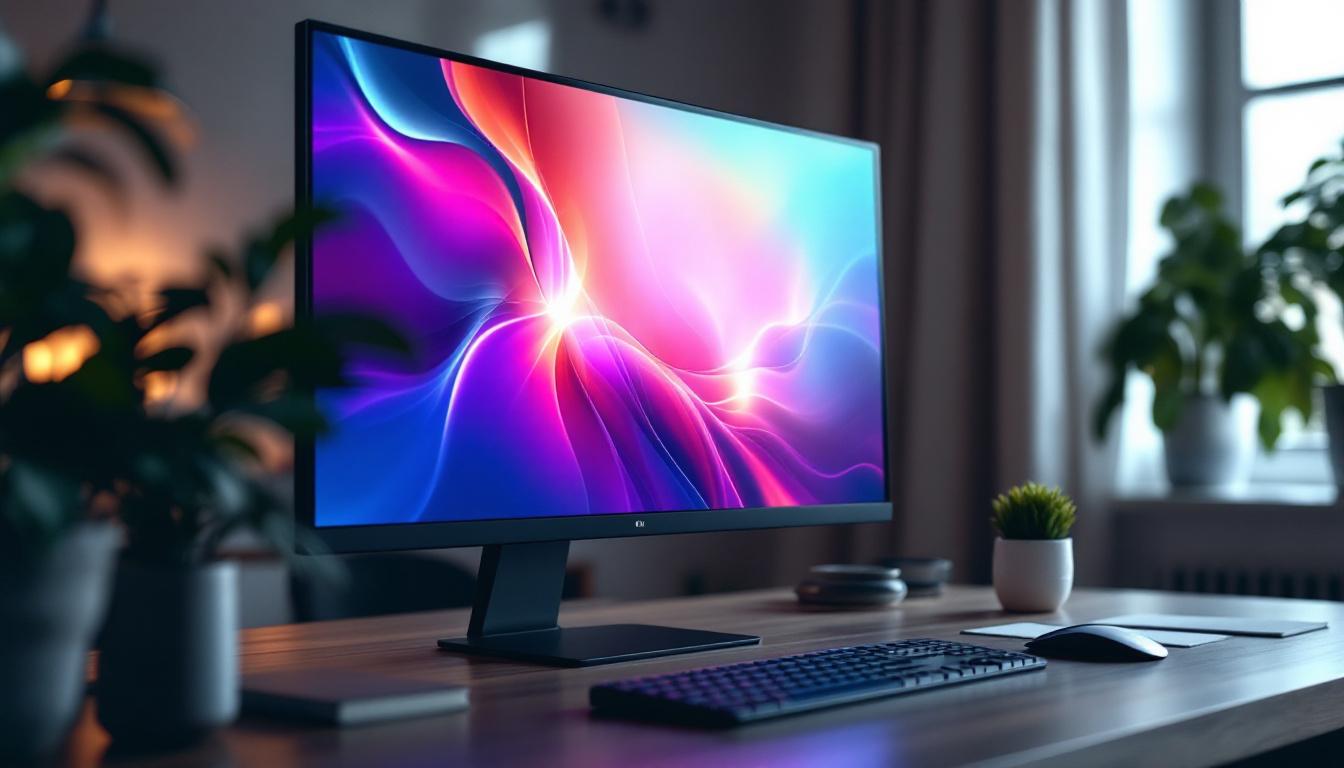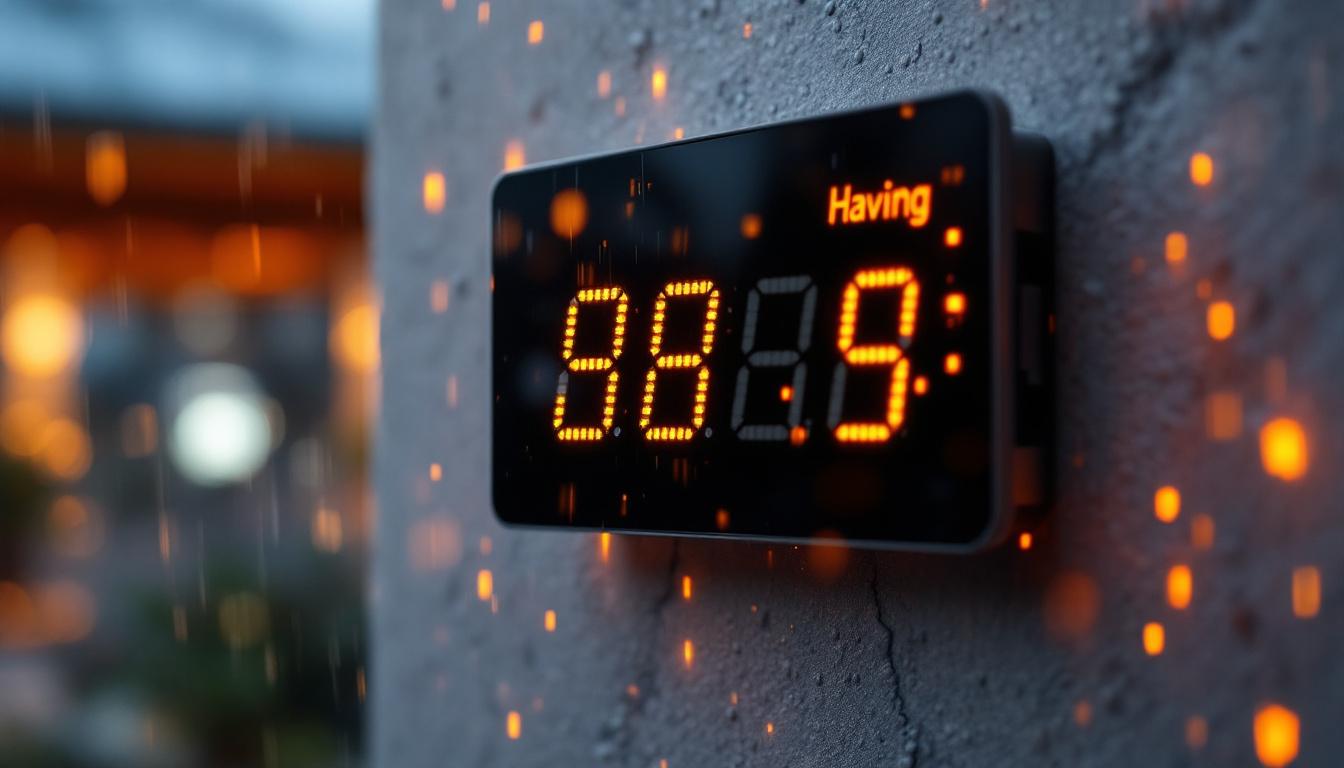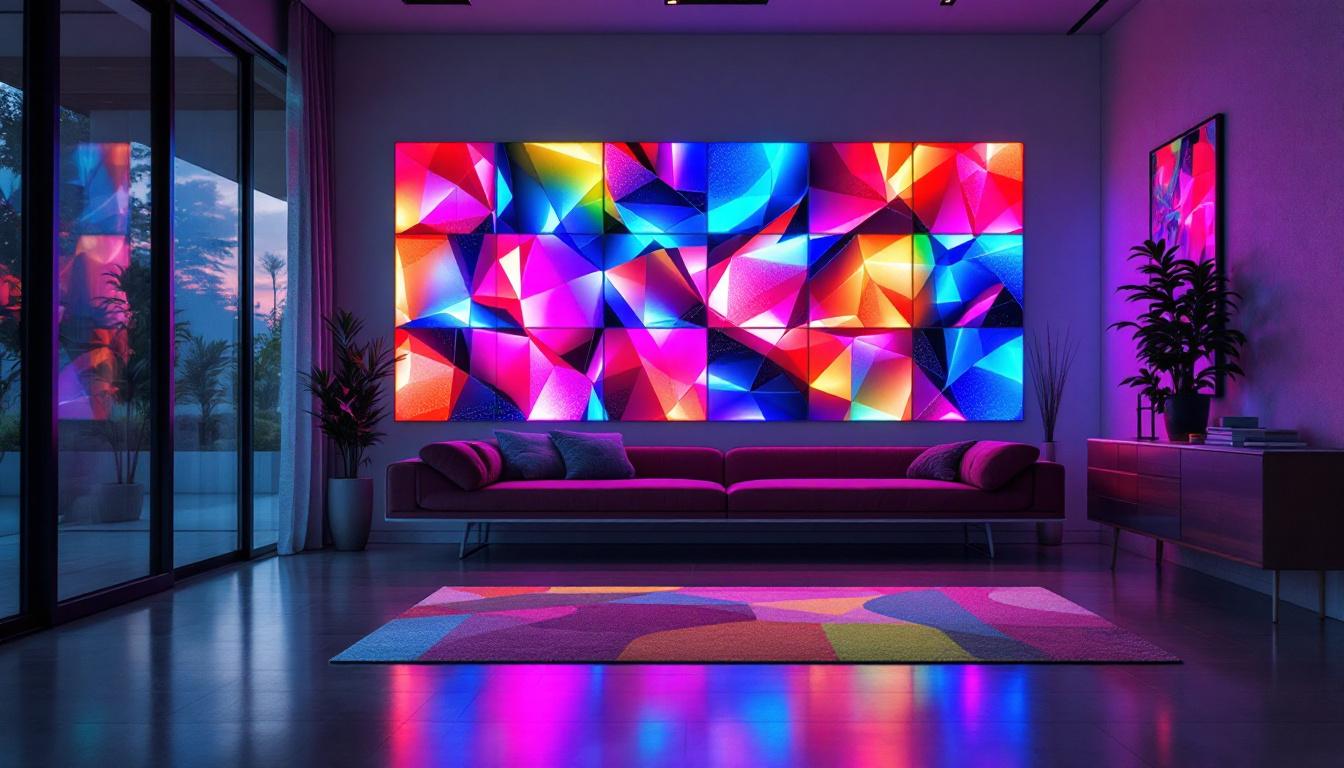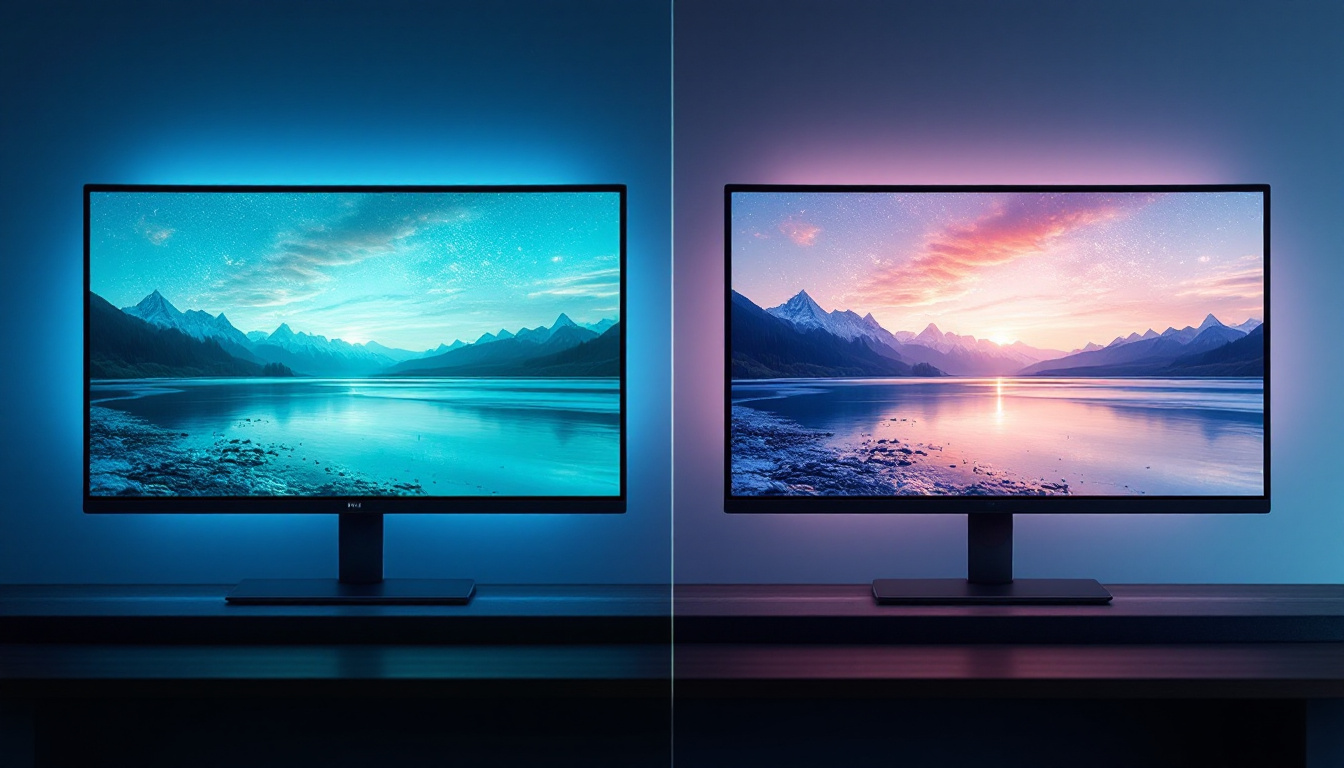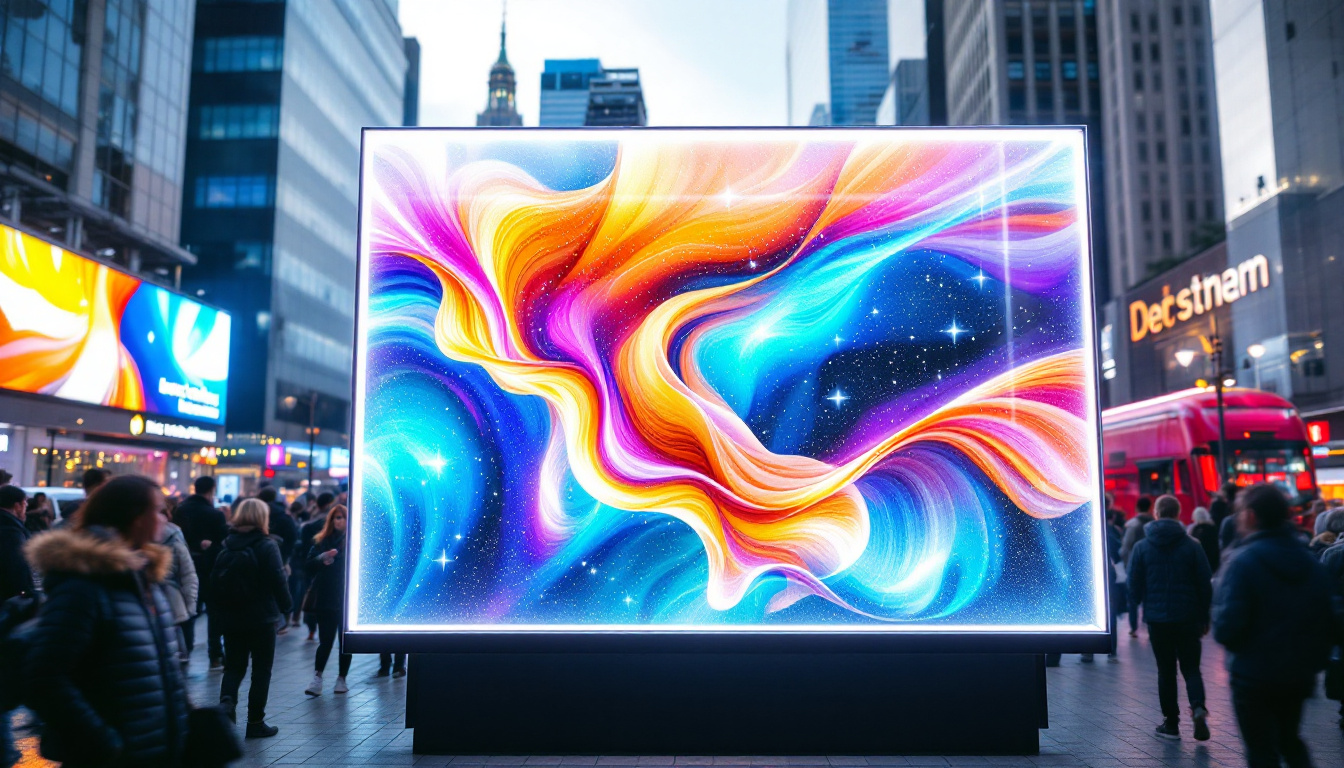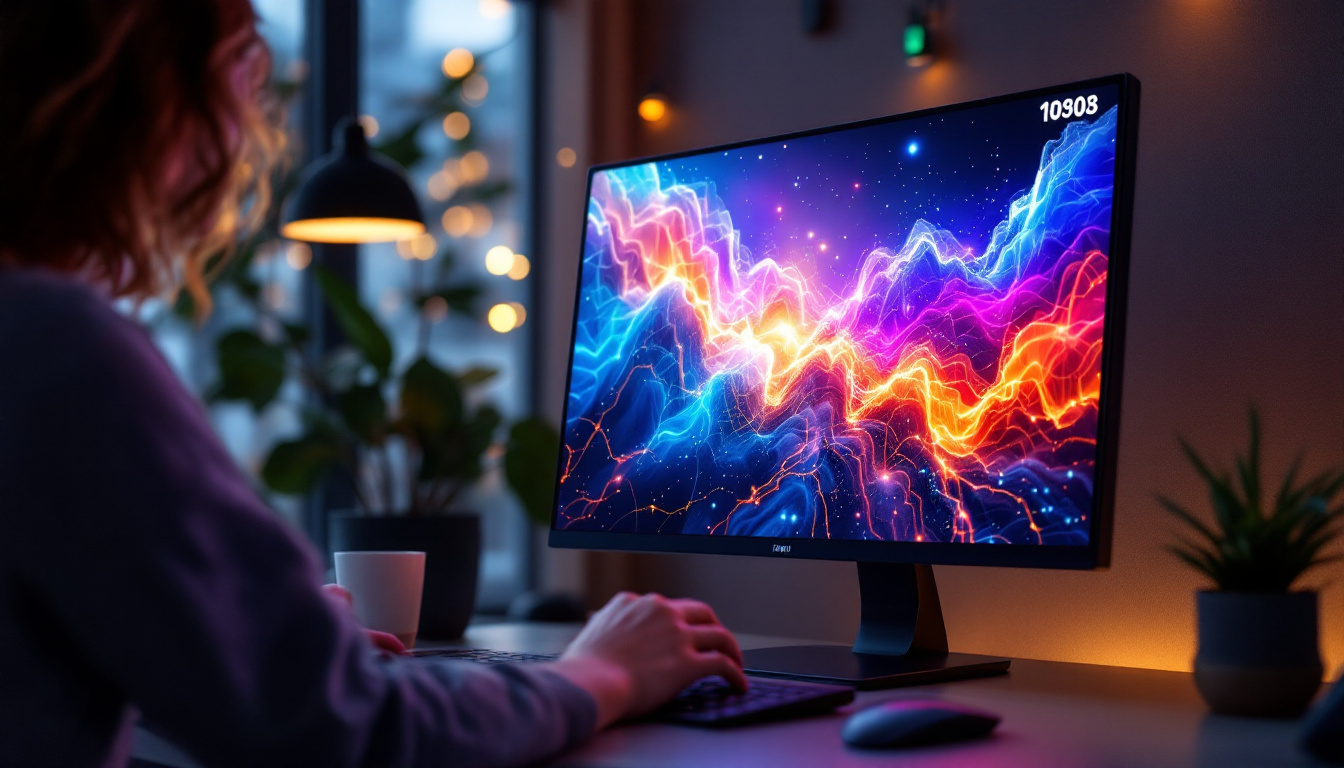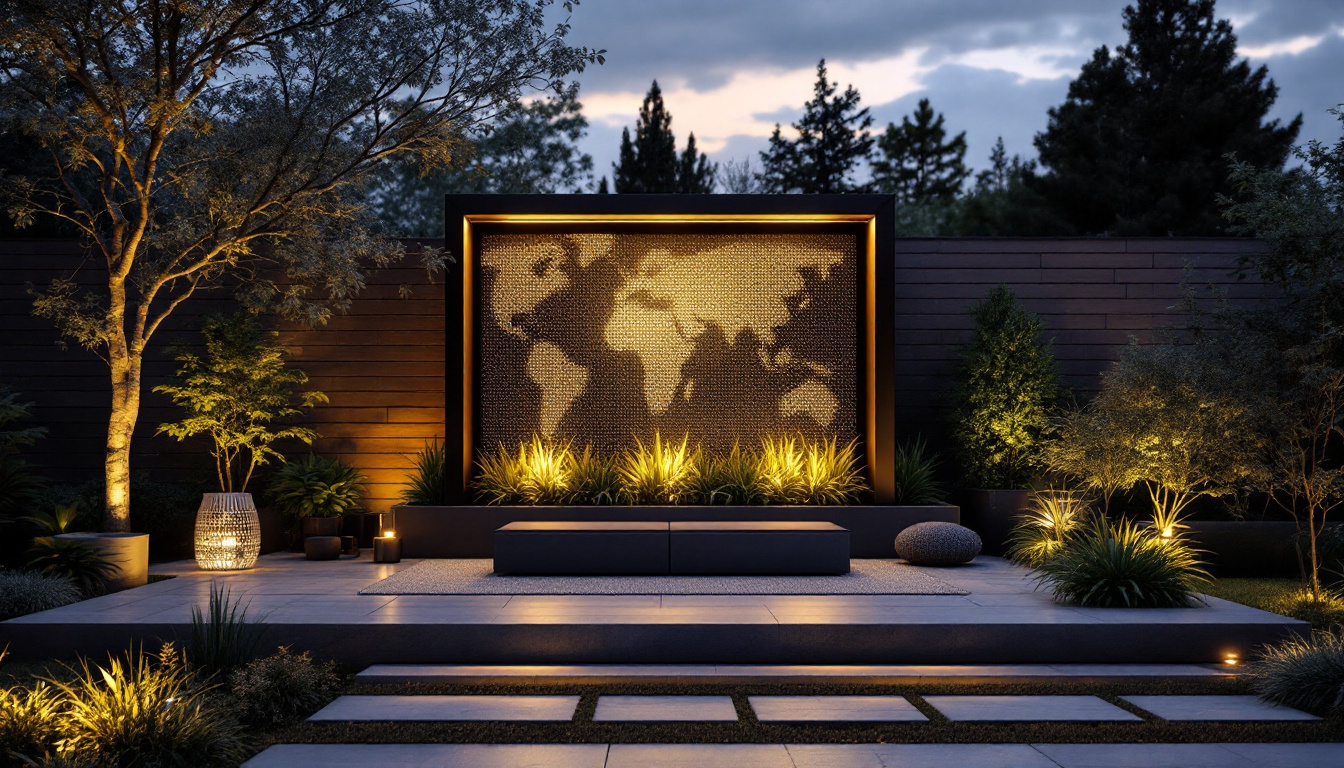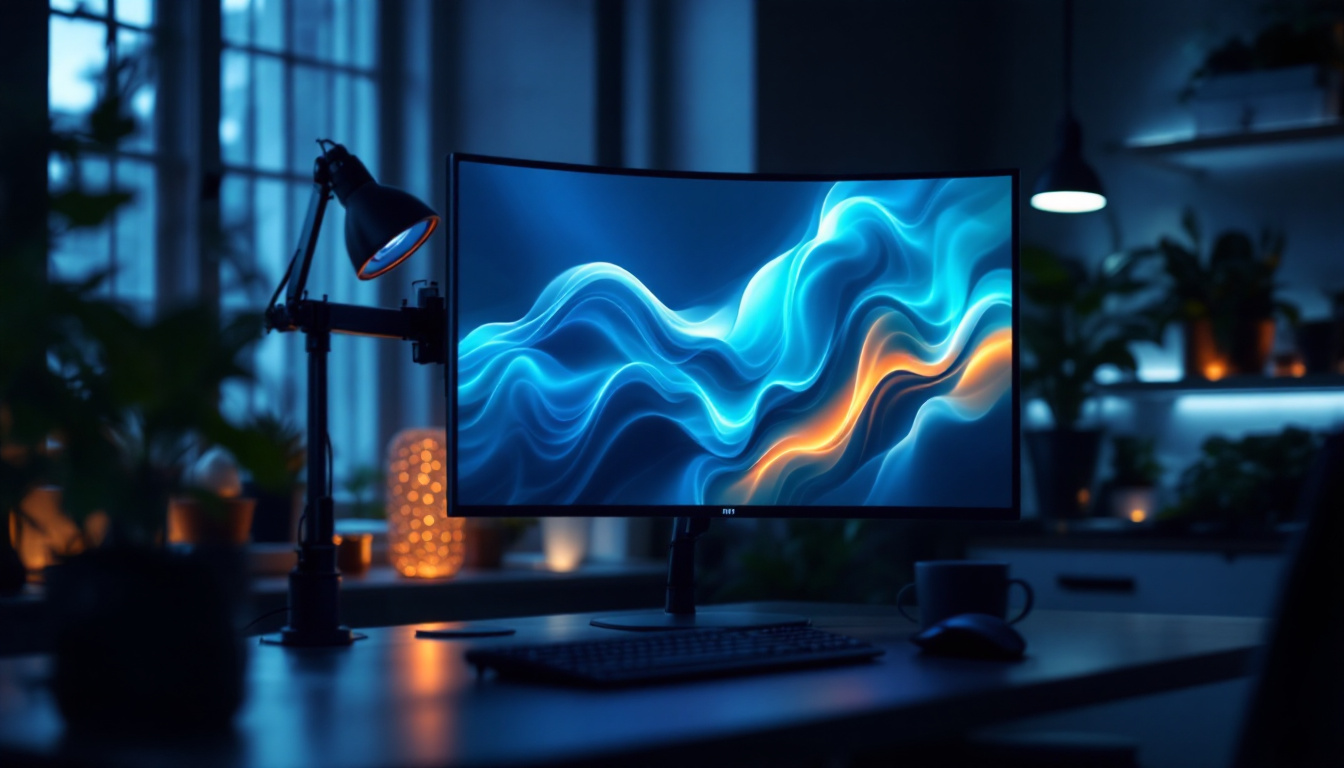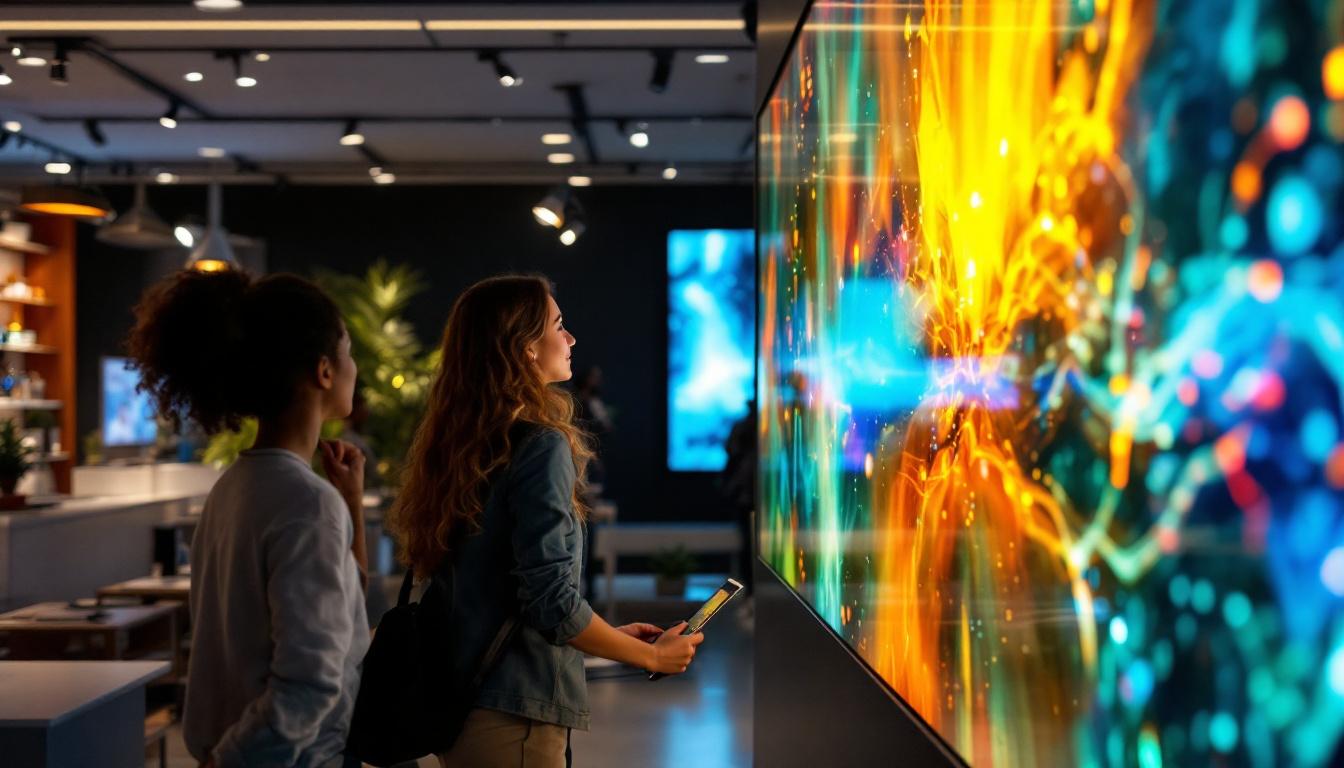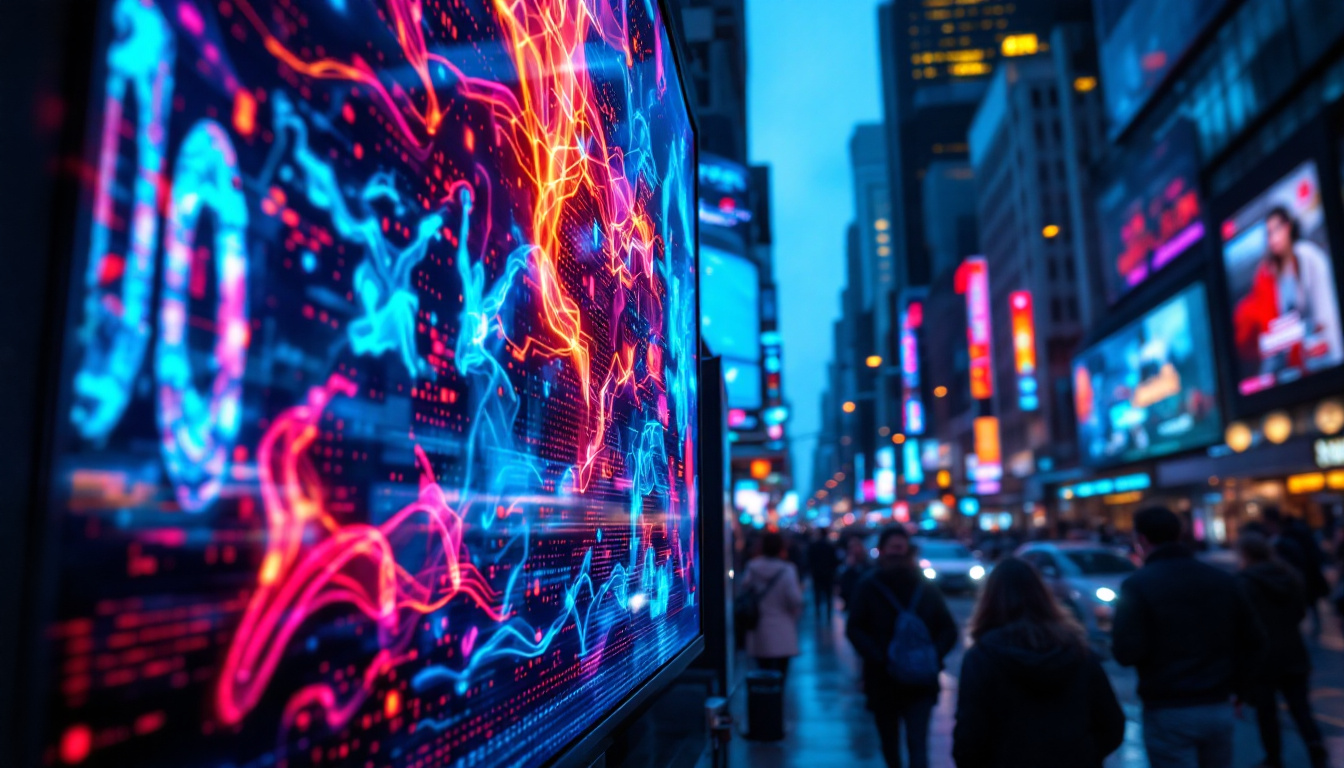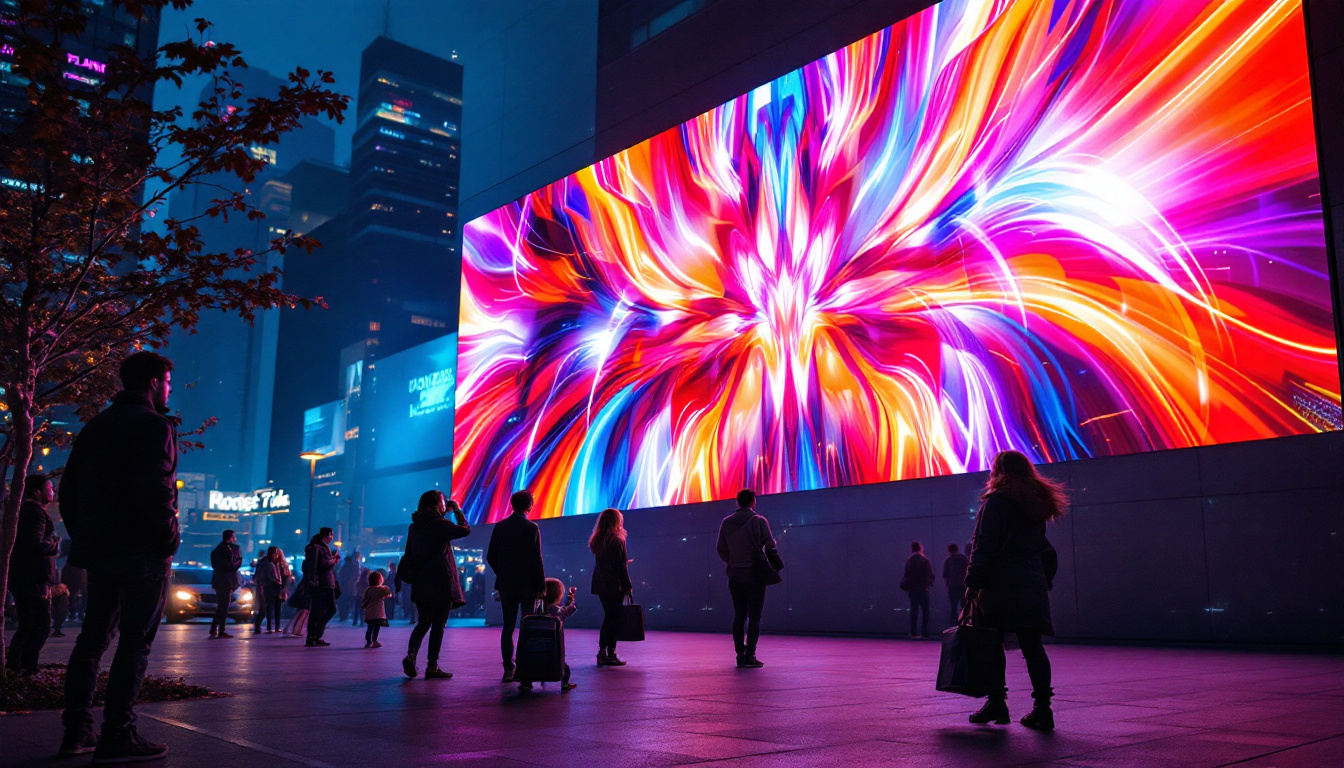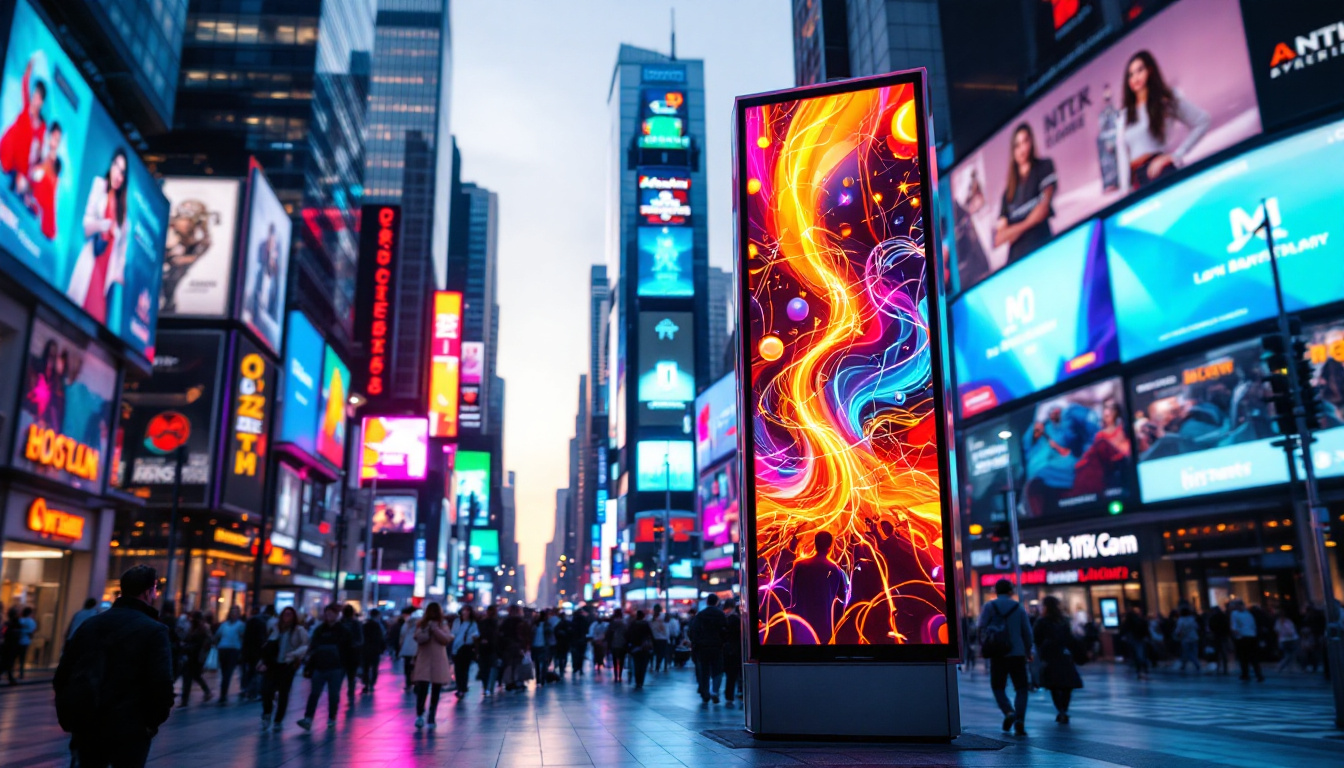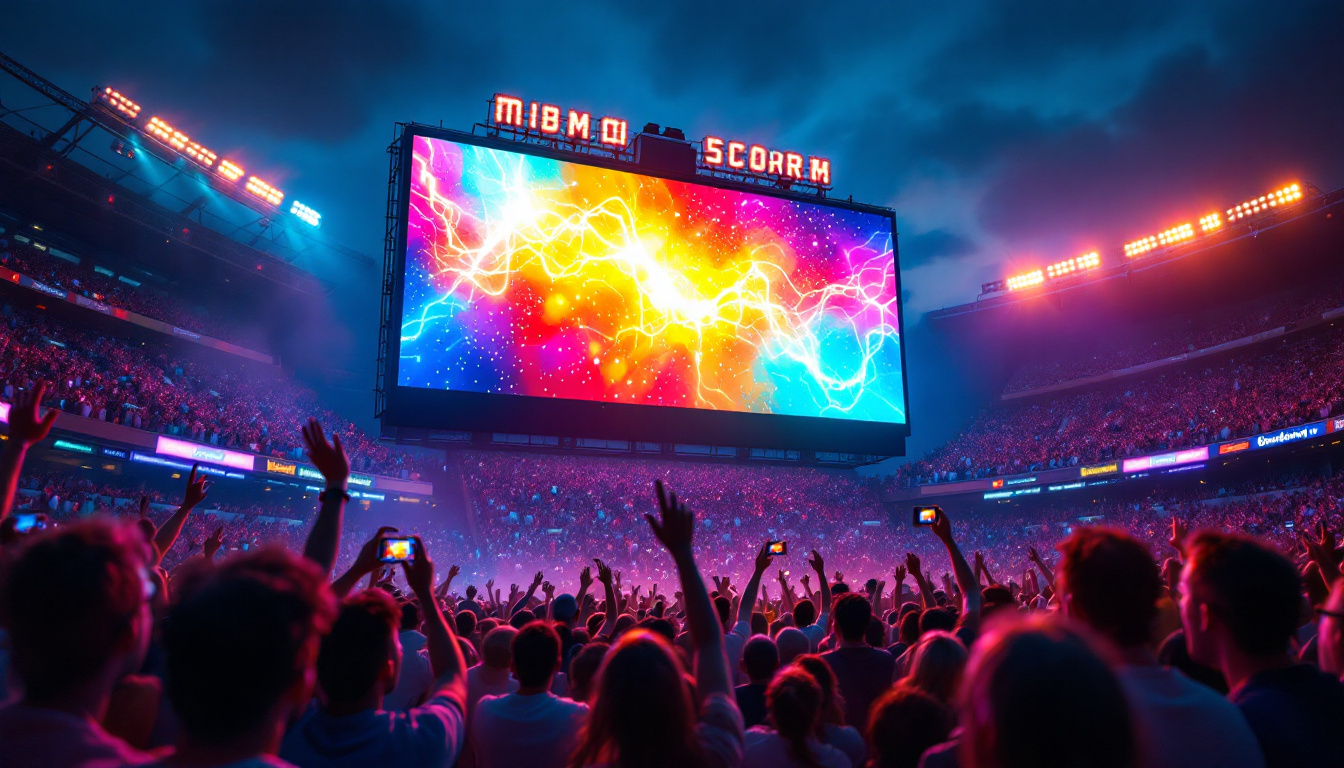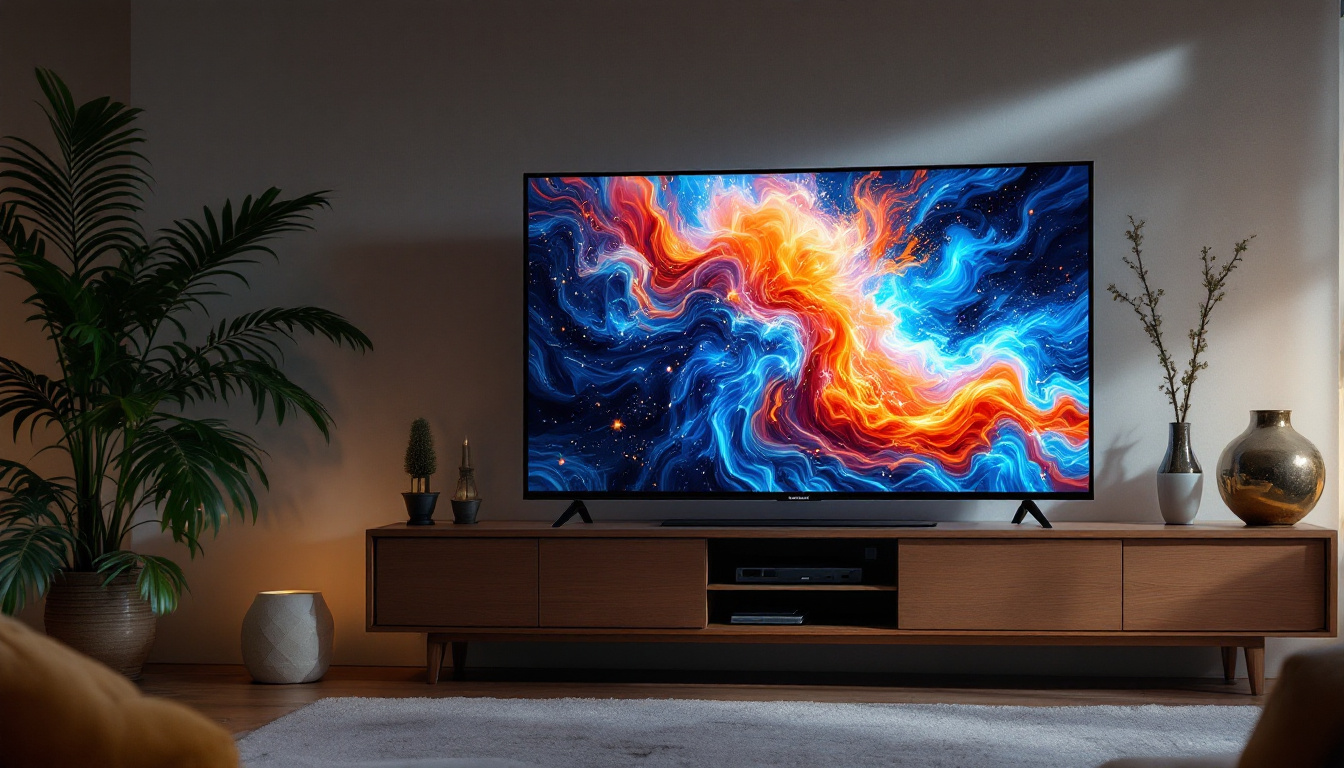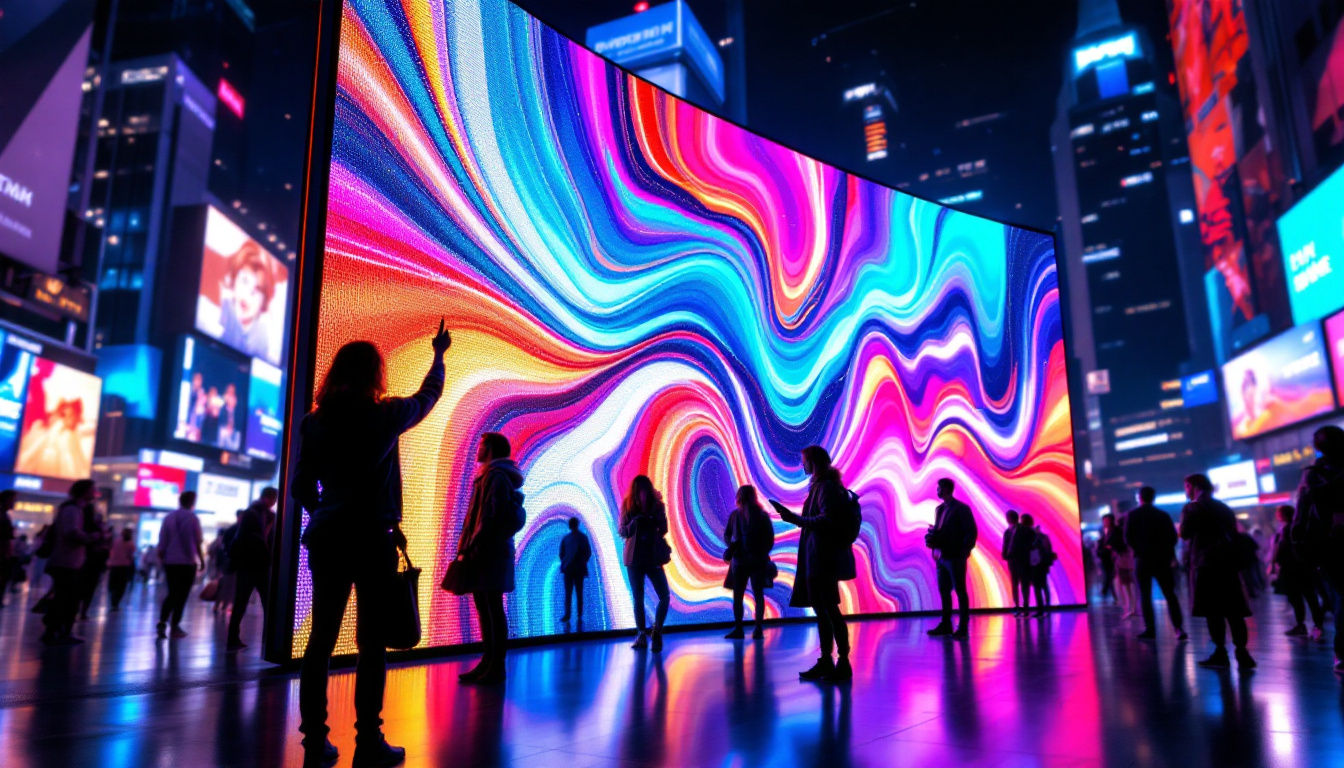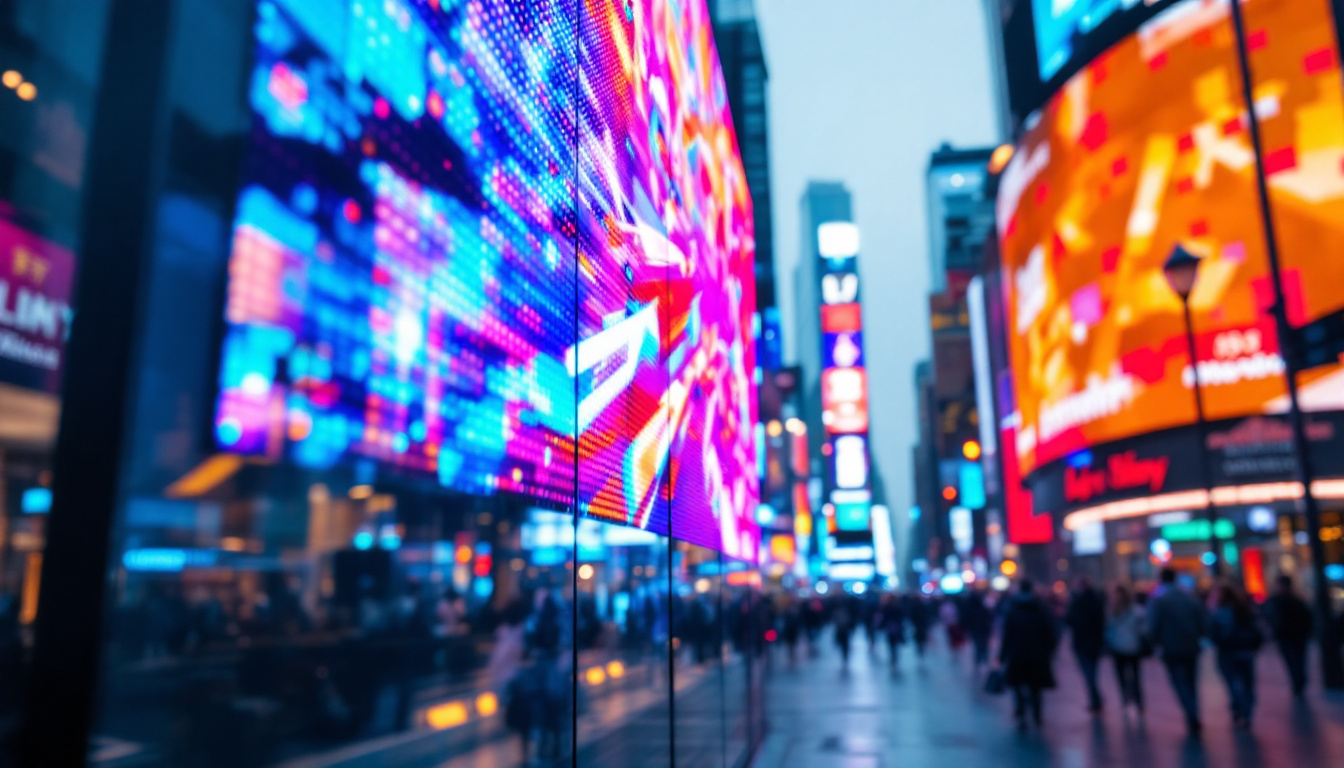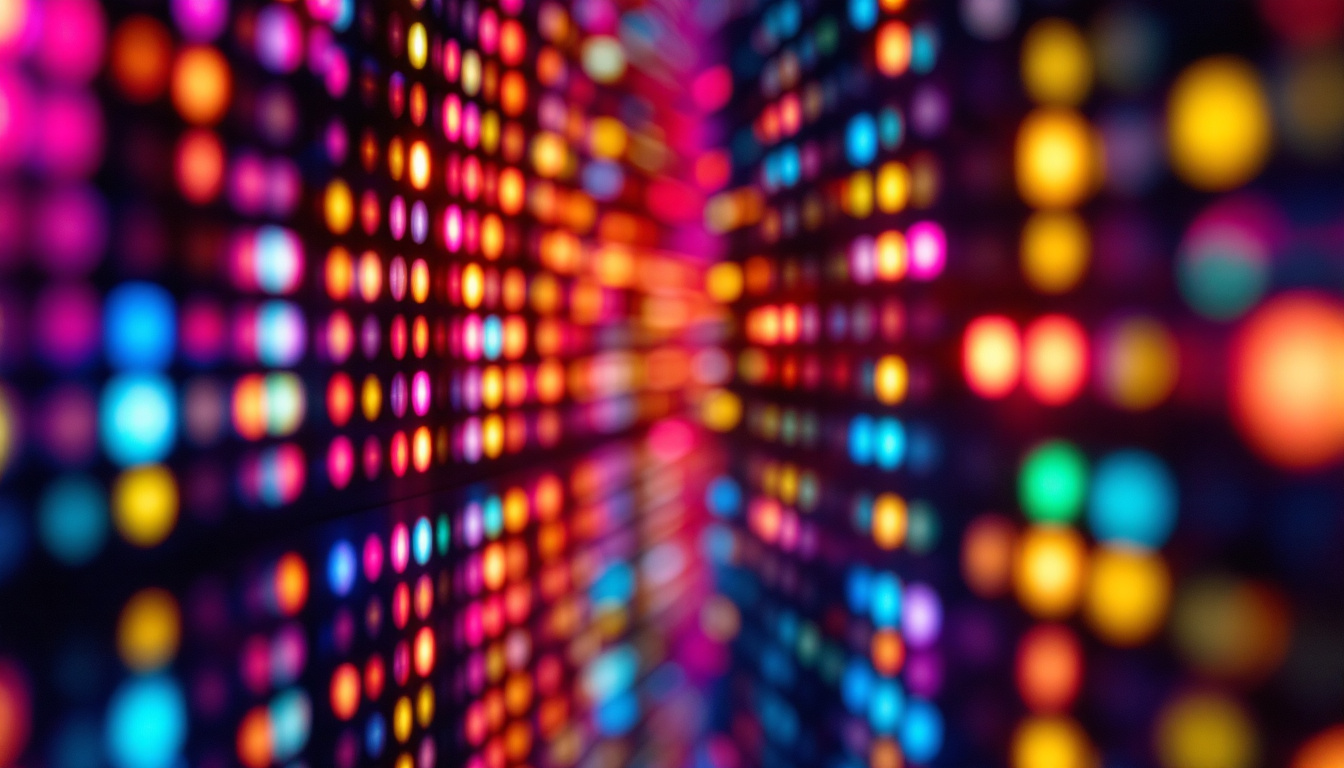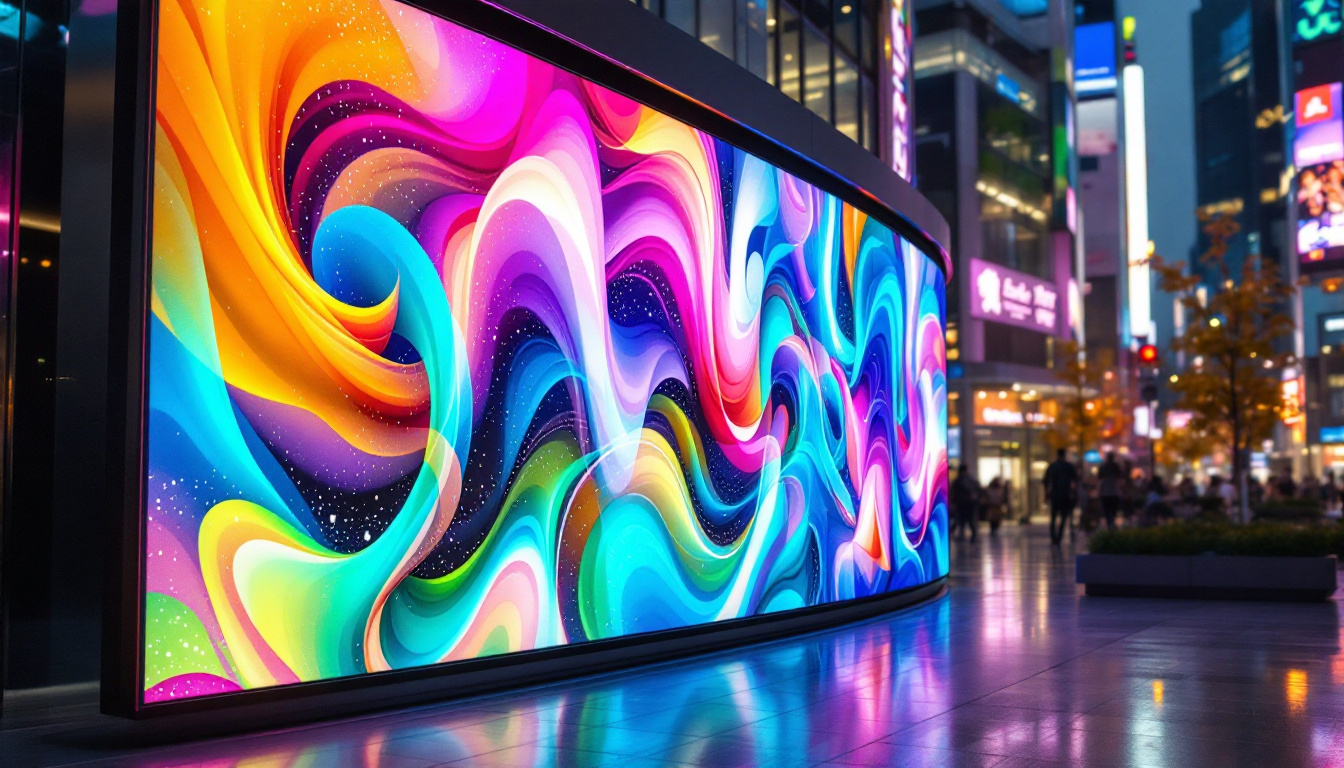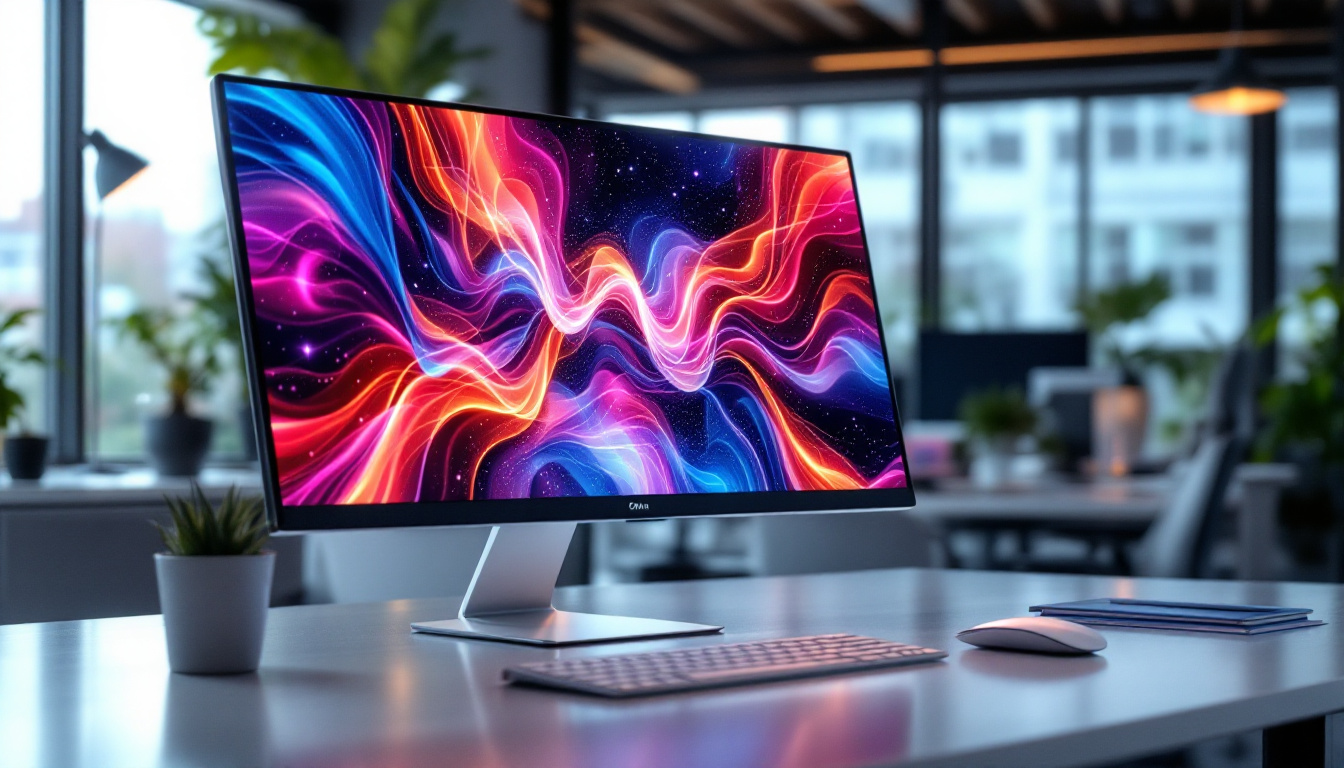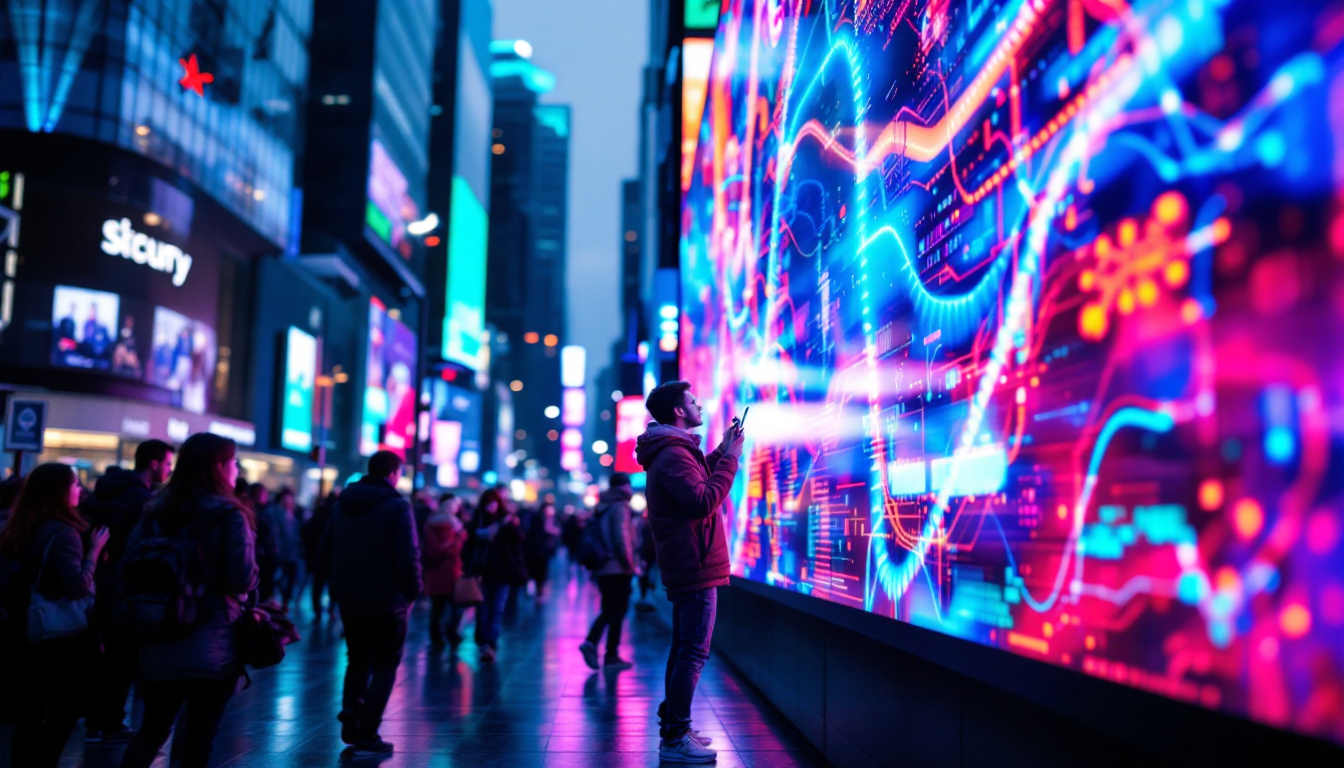Hall TV Wall Design: LED Display Explained
In the modern age of technology, the way we consume media has evolved dramatically. One of the most striking advancements is the use of LED displays in hall TV wall designs. This article delves into the intricacies of LED displays, their design considerations, and the impact they have on both aesthetics and functionality in various settings.
Understanding LED Displays
LED (Light Emitting Diode) displays have become a popular choice for both commercial and residential applications. Their ability to deliver vibrant colors, high brightness, and energy efficiency makes them ideal for TV wall designs. In recent years, the demand for LED technology has surged, driven by advancements in display technology and a growing appreciation for high-quality visual experiences. As a result, LED displays are not only found in homes but also in public spaces, art installations, and even sports arenas, where their impact can be maximized.
What is an LED Display?
An LED display is a flat panel display that uses light-emitting diodes as pixels for a video display. Unlike traditional LCD screens that rely on backlighting, LED displays produce their own light, allowing for deeper blacks and more vivid colors. This technology has paved the way for larger screens that can be seamlessly integrated into wall designs. Furthermore, LED displays offer a wide viewing angle, ensuring that the image quality remains consistent regardless of the viewer’s position. This characteristic makes them particularly advantageous for environments where large audiences gather, such as theaters and conference rooms.
Types of LED Displays
There are several types of LED displays, each suited for different applications. The most common types include:
- Direct View LED: These displays are made up of individual LED modules that can be arranged to form large screens. They are often used for outdoor advertising and large venues. Their modular nature allows for customization in size and shape, making them versatile for various installations.
- LED-backlit LCD: These displays use LED lights to illuminate an LCD screen. They are widely used in televisions and computer monitors. The combination of LCD technology with LED backlighting enhances color accuracy and contrast, providing a more enjoyable viewing experience.
- MicroLED: A newer technology that offers even greater resolution and efficiency, MicroLED displays are still emerging in the market but hold great promise for future applications. MicroLEDs consist of tiny individual LEDs that can create stunning images with incredible detail and brightness, making them a strong contender for next-generation displays.
In addition to these types, LED displays can also be categorized based on their pixel pitch, which refers to the distance between the center of one pixel to the center of the next. A smaller pixel pitch results in higher resolution and is ideal for close-up viewing, making it perfect for indoor applications like retail displays and control rooms. Conversely, larger pixel pitches are more suited for outdoor settings where viewers are typically farther away, such as billboards and stadium screens. The versatility of LED technology continues to evolve, allowing for innovative applications that enhance both aesthetics and functionality in various environments.
Design Considerations for Hall TV Walls
When designing a hall TV wall, several factors must be taken into account to ensure that the display not only looks good but also functions effectively. The design process involves careful planning and consideration of the space, audience, and intended use of the display.
Space and Layout
The first step in designing a hall TV wall is to assess the available space. The dimensions and layout of the room will dictate the size and arrangement of the LED display. It’s essential to consider sightlines, ensuring that all viewers have an unobstructed view of the screen.
Additionally, the wall on which the display will be mounted should be evaluated for structural integrity. Some designs may require reinforcement to support the weight of the LED panels, especially for larger installations.
Audience Engagement
Understanding the audience is crucial for effective hall TV wall design. The content displayed must resonate with viewers, whether it’s for informational purposes, entertainment, or advertising. Engaging content can enhance the overall experience and keep the audience’s attention.
Moreover, the placement of the display can impact audience engagement. A wall-mounted display at eye level is generally more effective than one positioned too high or low. Consideration of the audience’s movement within the space is also important, as it can influence how they interact with the content being presented.
Lighting and Ambiance
Lighting plays a significant role in the effectiveness of an LED display. Ambient lighting conditions can affect how colors and images appear on the screen. In brightly lit environments, higher brightness levels may be necessary to ensure visibility, while dimmer settings may allow for more subtle displays.
Incorporating adjustable lighting solutions can enhance the overall ambiance of the space. Dimming options can create a more immersive experience for viewers, particularly in settings such as theaters or conference rooms.
Benefits of LED Displays in Hall TV Wall Design
LED displays offer numerous advantages that make them a preferred choice for hall TV wall designs. Their benefits extend beyond mere aesthetics, impacting functionality, energy efficiency, and viewer experience.
High-Quality Visuals
One of the most significant advantages of LED displays is their ability to deliver high-quality visuals. With superior color accuracy, contrast ratios, and brightness levels, LED displays can create stunning images that captivate viewers. This quality is especially important in settings where visual impact is paramount, such as presentations, events, or entertainment venues.
Energy Efficiency
LED technology is known for its energy efficiency. Compared to traditional display technologies, LED displays consume less power while providing superior brightness. This efficiency not only reduces operational costs but also contributes to a more sustainable environment.
In addition, many LED displays come with features that allow for automatic brightness adjustment based on ambient light, further optimizing energy consumption.
Versatility and Customization
LED displays are highly versatile and can be customized to fit various design requirements. They can be configured in different shapes and sizes, allowing for creative installations that enhance the overall aesthetic of the space.
Moreover, LED displays can be used for a variety of purposes, including live event broadcasting, digital signage, and interactive displays. This adaptability makes them suitable for a wide range of environments, from corporate offices to entertainment venues.
Installation and Maintenance of LED Displays
The installation and maintenance of LED displays are critical components of their overall performance and longevity. Proper installation ensures that the display functions optimally, while regular maintenance helps to prevent issues and prolong the lifespan of the equipment.
Professional Installation
While some may consider a DIY approach, professional installation is highly recommended for LED displays, especially for large-scale projects. Professionals have the expertise to assess the space, ensure proper mounting, and configure the display for optimal performance.
Additionally, professional installers can address any potential challenges, such as electrical requirements and connectivity issues, that may arise during the installation process.
Regular Maintenance
To keep LED displays functioning at their best, regular maintenance is essential. This includes cleaning the screens to remove dust and debris, checking connections, and updating software as needed. Regular inspections can help identify potential issues before they escalate, ensuring that the display remains in top condition.
Many manufacturers also offer maintenance packages that include routine check-ups and support, providing peace of mind for those who invest in LED technology.
Future Trends in LED Display Technology
The field of LED display technology is constantly evolving, with new advancements and trends emerging regularly. Staying informed about these trends can help businesses and individuals make informed decisions regarding their hall TV wall designs.
Advancements in Resolution
As technology progresses, the demand for higher resolutions continues to grow. Innovations such as 8K resolution are becoming more accessible, providing even sharper and more detailed images. This trend is particularly relevant for applications that require high visual fidelity, such as medical imaging, design visualization, and high-end entertainment.
Integration with Smart Technology
Another significant trend is the integration of LED displays with smart technology. This includes features such as touch interactivity, remote management, and integration with other smart devices. Such capabilities enhance the user experience, allowing for more dynamic and engaging content delivery.
Smart technology also enables real-time updates and remote troubleshooting, making it easier to manage content and maintain displays efficiently.
Environmental Considerations
As sustainability becomes a growing concern, LED display manufacturers are focusing on eco-friendly practices. This includes the use of recyclable materials, energy-efficient designs, and reduced carbon footprints during production. Consumers are increasingly looking for sustainable options, making this trend essential for future developments in the industry.
Conclusion
Hall TV wall design using LED displays represents a fusion of technology and creativity. With their ability to deliver stunning visuals, energy efficiency, and versatility, LED displays have transformed the way spaces are designed and utilized. As technology continues to advance, the possibilities for LED displays are limitless, paving the way for more innovative and engaging experiences.
Whether for commercial use, entertainment, or personal enjoyment, understanding the intricacies of LED displays and their design considerations can lead to more effective and aesthetically pleasing installations. Embracing these technologies not only enhances visual communication but also contributes to a more immersive and engaging environment for all. As the demand for high-quality visual experiences continues to rise, LED displays will undoubtedly play a pivotal role in shaping the future of hall TV wall design.
Explore Cutting-Edge LED Display Solutions with LumenMatrix
Ready to elevate your hall TV wall design with the latest in LED display technology? LumenMatrix is at the forefront of innovation, offering a wide array of LED display modules that bring your space to life. From captivating Indoor and Outdoor LED Wall Displays to dynamic Vehicle and Sports LED Displays, our solutions are designed to create immersive visual experiences. Discover the transformative power of our Custom, All-in-One, and Transparent LED Displays, and see how our commitment to revolutionizing visual communication can enhance your brand’s presence. Check out LumenMatrix LED Display Solutions today and step into the future of digital signage.

